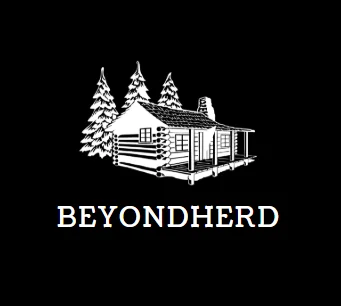Are you ready to embark on an exciting journey into the world of math playgrounds? In this article, we will explore the art of drawing hills and creating mathematical landscapes that will ignite your imagination and boost your mathematical prowess. Math Playground Draw the Hill is not only a fun activity but also a way to incorporate mathematical concepts into your creative endeavors. Whether you’re a teacher, a student, or simply an enthusiast, this guide will equip you with the techniques, tools, and inspiration you need to bring your hill drawings to life.
Techniques and Tips
Drawing hills in a math playground is all about striking the right balance between creativity and mathematical precision. Here are some techniques and tips to help you get started:
1. Understanding Slopes and Inclines
Before diving into drawing hills, it’s essential to grasp the concept of slopes and inclines. A slope represents the steepness or gradient of a hill, while an incline refers to a surface that rises or falls at an angle. Understanding these concepts will allow you to create realistic and visually appealing hills in your math playground drawings.
2. Incorporating Geometric Principles
Geometry plays a crucial role in creating accurate hill drawings. Utilize geometric shapes such as triangles, trapezoids, and curves to outline the contours of your hills. Experiment with different shapes and sizes to add depth and dimension to your mathematical terrain.
3. Exploring Hill Shading Techniques
To give your hills a realistic and three-dimensional appearance, shading techniques are indispensable. Observe how light interacts with different parts of a hill and use shading to create highlights and shadows. This simple yet effective technique can bring depth and texture to your math playground draw the hill.
4. Enhancing Realism with Details
Attention to detail can elevate your hill drawings to the next level. Consider incorporating elements like trees, rocks, and other natural features into your landscapes. These additional details will not only enhance the overall realism but also provide opportunities for further mathematical exploration.
Tools and Resources
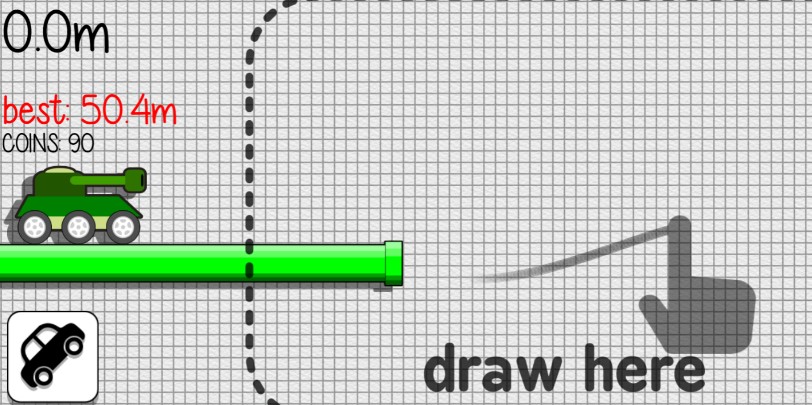
Now that you’re familiar with the techniques, let’s explore some tools and resources that can aid your hill-drawing adventures in a math playground:
1. Online Drawing Tools and Software
Take advantage of the myriad of online drawing tools and software available to bring your ideas to life. These tools offer a range of features, including shape creation, shading options, and the ability to save and share your creations. Some popular options include Paint.NET, Krita, and Inkscape.
2. Tutorials and Guides
To enhance your skills and expand your creative horizons, seek out tutorials and guides specifically tailored to drawing hills in a math playground. Online platforms like YouTube and educational websites offer step-by-step instructions, tips, and examples to inspire and guide you along your artistic journey.
3. Math Playground Communities and Forums
Connect with fellow math playground enthusiasts in online communities and forums. Share your artwork, exchange ideas, and learn from others’ experiences. Engaging with like-minded individuals can provide valuable insights and foster a supportive environment for growth and creativity.
Bringing Math and Art Together
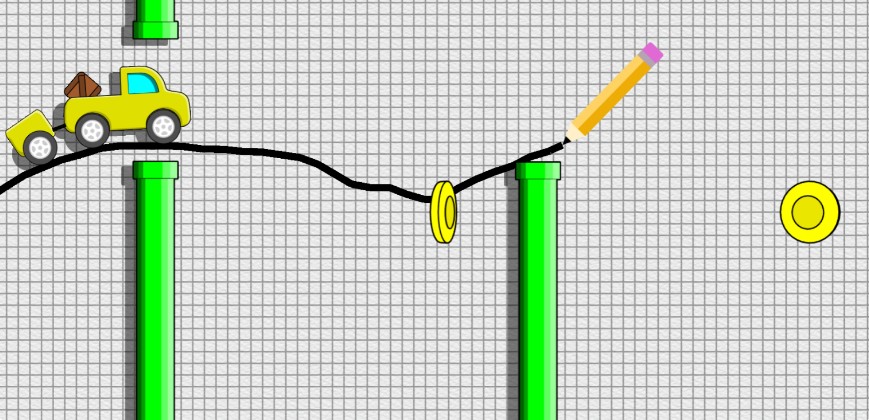
Math playground draw the hill presents a unique opportunity to blend mathematical concepts seamlessly into your artwork. Here are some ways you can incorporate mathematical principles into your hill drawings:
1. Measurement and Scale
Experiment with different scales and measurements to accurately represent the size and proportions of your hills. Use mathematical formulas to calculate distances, angles, and ratios, enabling you to create mathematically precise landscapes.
2. Symmetry and Patterns
Harness the power of symmetry and patterns to add visual interest and aesthetic appeal to your hill drawings. Explore rotational symmetry, fractal patterns, or tessellations to create captivating mathematical landscapes.
3. Mathematical Functions and Equations
Leverage mathematical functions and equations to generate curves and contours for your hills. By utilizing trigonometric functions, exponential growth, or quadratic equations, you can infuse your drawings with mathematical elegance and complexity.
Common Mistakes to Avoid
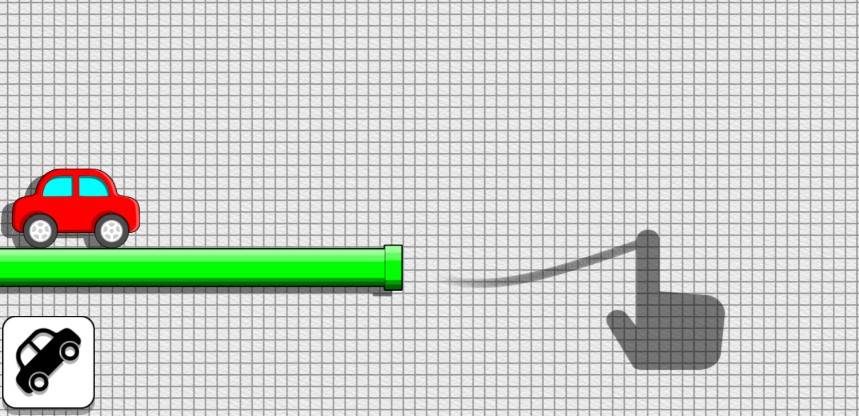
While exploring the world of math playgrounds and hill drawings, it’s essential to be aware of common mistakes to avoid. Here are a few pitfalls to watch out for:
1. Overcomplicating the Design
Avoid overcrowding your hill drawings with excessive details or complex elements. Strive for simplicity and balance to ensure your artwork remains visually appealing and easy to comprehend.
2. Neglecting Proportions and Perspective
Pay close attention to the proportions and perspective of your hills. Failing to maintain realistic scaling or perspective can result in distorted or unnatural-looking landscapes.
3. Lack of Experimentation and Creativity
Don’t shy away from exploring different techniques, styles, and perspectives. Embrace experimentation and let your creativity shine through your hill drawings. Remember, a math playground is a space for learning and imagination.
Showcase of Creative
To inspire your own creations, here are some awe-inspiring examples of math playgrounds with creative hill designs:
Exploring Mathematical Terrain
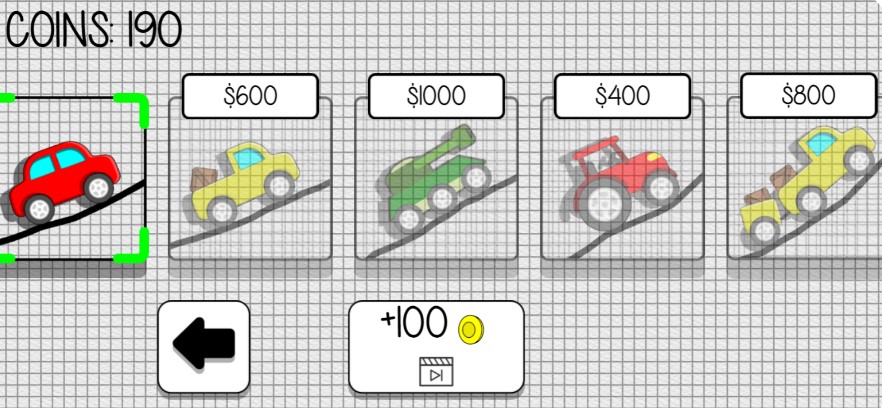
If you’re ready to take your hill drawings to the next level, consider creating 3D hills in your math playground. This technique adds depth and realism to your artwork, making it truly stand out. Here are the steps to create a 3D hill in a math playground:
1. Sketching the Basic Shape
Start by sketching the outline of your hill on your canvas. Use light pencil strokes to define the general shape and contours. Focus on capturing the primary slopes and inclines of the hill.
2. Adding Depth with Shading
Once you have the basic shape, it’s time to add depth using shading techniques. Determine the direction of the light source in your drawing and imagine how it would hit the hill. Use darker shades to indicate areas that would be in shadow and lighter shades for areas that would receive direct light. Blend the shades smoothly to create a seamless transition between light and shadow.
3. Incorporating Texture
Texture is crucial for creating a realistic 3D hill. Consider the surface of the hill—whether it’s grassy, rocky, or covered in foliage—and add textural details accordingly. Use short, quick strokes to mimic the texture of grass, or use small dots and lines to depict rocks or vegetation.
4. Highlighting and Detailing
To make your 3D hill pop, add highlights to the areas directly hit by the light source. These highlights can be achieved by using lighter shades or leaving small areas untouched by shading. Be mindful of the angle and intensity of the light to create realistic highlights.
5. Fine-Tuning and Refining
Step back and evaluate your 3D hill drawing. Make any necessary adjustments to ensure the proportions, perspective, and overall composition look visually pleasing. Use an eraser to lighten or correct any areas that need refining.
6. Adding Accents and Elements
To further enhance your 3D hill, consider adding accents and elements such as trees, bushes, or small structures. These additions can create points of interest and add depth to your math playground landscape. Use your understanding of proportions and perspective to position these elements realistically within the scene.
Resources and Websites for Math Playground Hill Drawings
If you’re seeking additional inspiration, tutorials, or tools for math playground hill drawings, here are some valuable resources and websites to explore:
1. MathPlayground.com
MathPlayground.com offers a variety of math-related games, puzzles, and activities, including opportunities to create and share your own math playground designs. It’s a great platform to find inspiration and connect with other math enthusiasts.
2. YouTube Channels
Numerous YouTube channels provide tutorials and demonstrations on drawing hills in a math playground. Channels like “MathArtFun” and “Art for Kids Hub” offer step-by-step guides, tips, and tricks to help you improve your skills and unleash your creativity.
3. Art Communities and Forums
Engaging with art communities and forums, such as DeviantArt and Reddit’s r/learnart, can provide valuable feedback, support, and opportunities for collaboration. Share your hill drawings, seek advice, and connect with fellow artists to foster growth and inspiration.
4. Art and Math Books
Explore books that combine art and math to gain a deeper understanding of the relationship between the two disciplines. “The Beauty of Numbers in Nature: Mathematical Patterns and Principles” by Ian Stewart and “Mathematical Art: A Step-by-Step Guide for Drawing Fractals and Other Mathematical Shapes” by Sterling Publishing are excellent resources for expanding your knowledge and refining your skills.
Frequently Asked Questions
Q1: How can I make my math playground hill drawings more realistic?
To make your hill drawings more realistic, focus on shading techniques, incorporate details like trees and rocks, and pay attention to proportions and perspective.
Q2: Are there any online tools or software for drawing hills in a math playground?
Yes, there are several online tools and software available, such as Paint.NET, Krita, and Inkscape, that can assist you in creating captivating hill drawings.
Q3: Can you provide examples of math playgrounds with creative hill designs?
Certainly! Here are some examples of math playgrounds with creative hill designs: [Include descriptions and images of math playgrounds]
Also Read: Dr. Hyram F. Suddfluffel PHD (Political Science)
Conclusion:
Math playground draw the hill is a delightful way to merge creativity and mathematical concepts. By understanding slopes, employing shading techniques, exploring 3D drawing methods, and utilizing online resources, you can unlock a world of artistic expression and mathematical exploration. Remember to experiment, seek inspiration from various sources, and connect with like-minded individuals. Embrace the joy of drawing the hill and discover the harmonious blend of art and mathematics in your math playground adventures.
